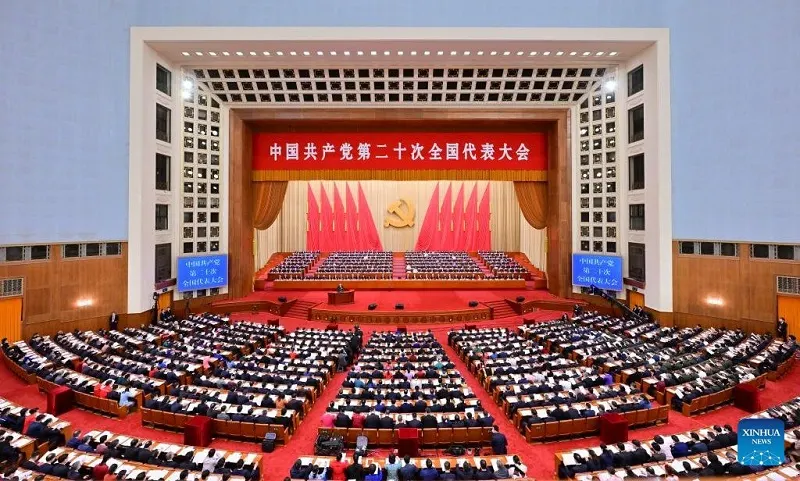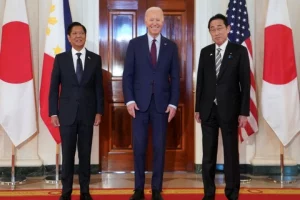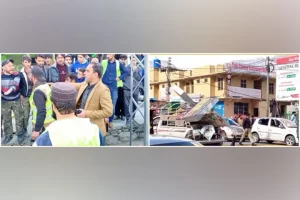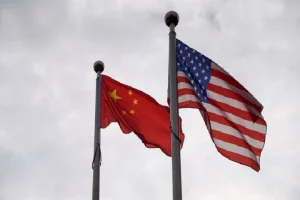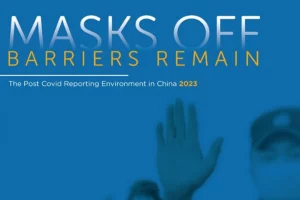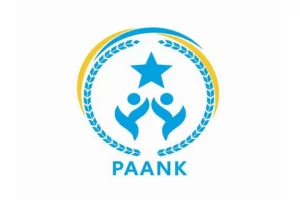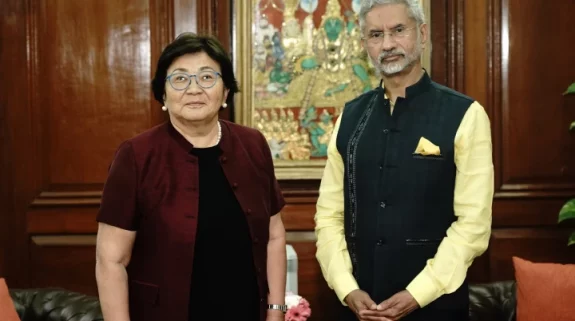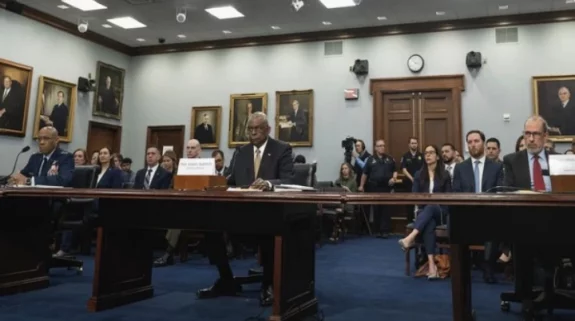Amid slowing economy driven by the Russia-Ukraine war and a surge in Covid cases in China, its high debt to GDP ratio is becoming a cause for concern. To add to the problem, China’s exposure towards the Belt and Road Initiative exposure is now starting to hurt its finances. After Sri Lanka which became the first Asian country to default in May, it could well be Pakistan now. Late last month, Djibouti in Africa halted repayment too.
China’s BRI lending has been slowing especially after its local governments and smaller banks have come under debt pressures. “Though China has been promising the moon to many countries including Nepal, the real outflow has been under question,” an analyst told India Narrative.
Even as China and Indonesia showcased the high-speed railway line connecting Jakarta and Bandung, BRI risks have grown, China’s President Xi Jinping noted last year.
The BRI project in Nepal has been a non-starter. Despite the two countries signing a memorandum of understanding in May 2017 to expand bilateral cooperation under the BRI, there is nothing to show on the ground. Between 2019 and 2020, China’s loans to African countries slumped 77 per cent – from $8.2 billion to $1.9 billion.
As of 2020, China extended loans of around $170 billion to low and middle-income countries up from around $40 billion in 2010, database portal Statista revealed. Despite that it is not a member of the Paris Club — an informal group of creditor nations with the aim to strike workable repayment solutions. Beijing is also not part of the Organisation for Economic Co-operation and Development (OECD). Both Paris Club and OECD maintain loan records of official creditors. Pakistan, Djibouti, Angola, Kenya are among the countries with maximum debt to China.
Since Beijing has never published any official data on its lending and investments in its much hyped BRI project, analysts said that a fair risk assessment on account of delay in project implementation or non repayment cannot be undertaken due to lack of transparency. Besides, the opacity in the lending pattern has also made it difficult for rating agencies and other think tanks to analyse the possible impact it will have either on China or the other beneficiary countries.
The BRI— Xi’s dream project— was kicked off in 2013.
Last year, China’s real estate sector crumbled with major property companies including one of its behemoths Evergrande defaulting. The World Bank has now reduced China’s growth projections for this year to 2.7 per cent from the earlier 4.3 per cent.
The new year — 2023 may be a make or break one for Beijing.
Also read: Demand for Indian drugs surges as China battles deadly Covid wave: Report






